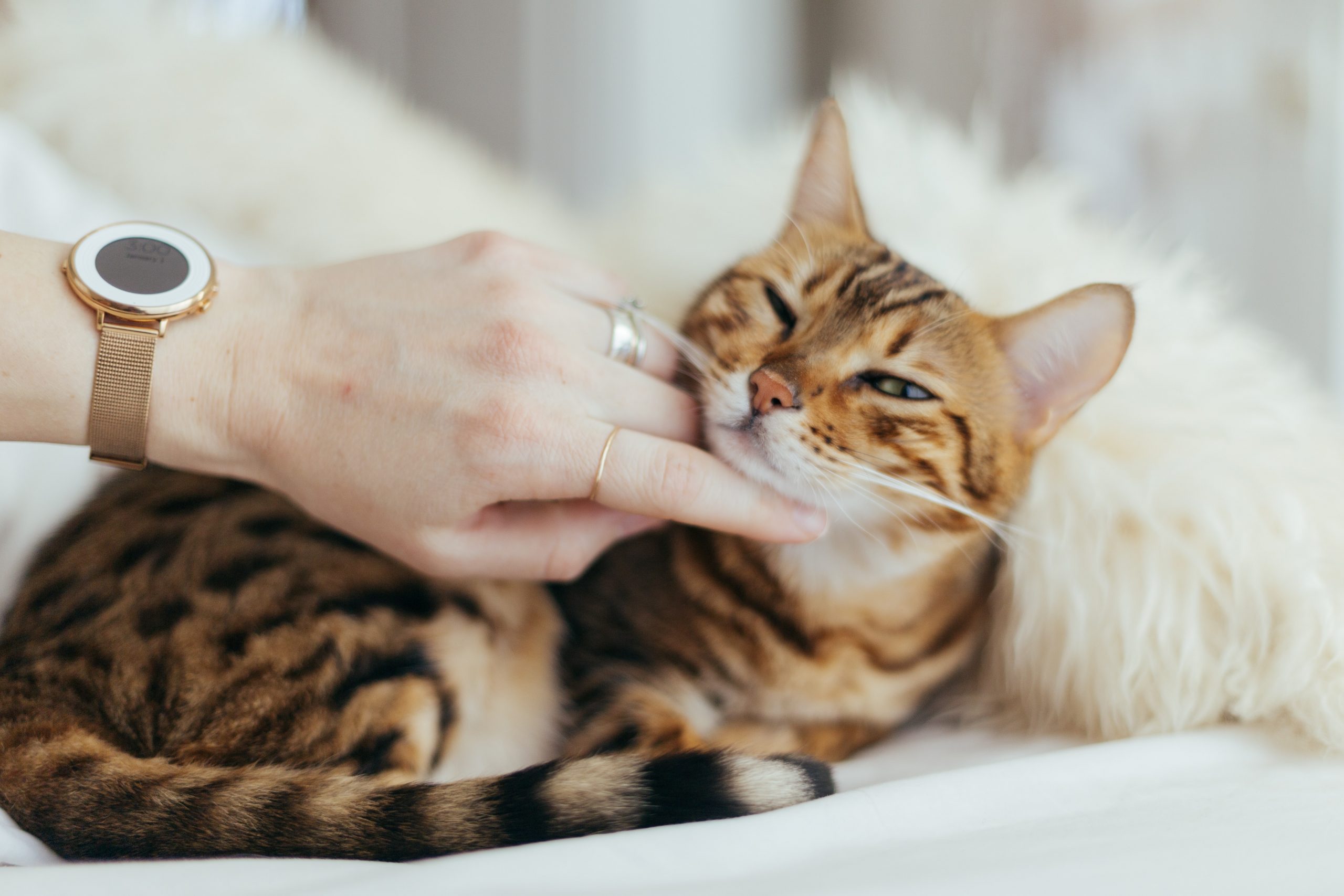Whilst worms in cats and kittens are very common, it’s not always obvious that your pet has them.

There is also no way of stopping pets from getting them which is why regular treatment is so important. Cats can potentially pick up several types of intestinal worms during their life, but the most common are roundworms, hookworms, lungworms and tapeworms.
Most worms are round and can grow to varying lengths, from just a few inches to as many as 7 inches. As larvae, worms can move freely throughout your pet’s system and cause problems beyond the intestine if they find their way into the liver, eye or lungs.
Common causes
- Having fleas and swallowing them whilst grooming.
- Swallowing larvae from mother’s milk.
- Eating infected prey.
- Picking up worms or larvae from faeces whilst outside.
- Contact with slugs or snails (lungworm).
Tapeworms are transmitted to cats by fleas. Immature fleas (larvae) ingest the worm eggs and infection is passed on to a cat when it swallows an infected flea. This is one of the reasons why it’s important to treat your cat for fleas as well as for worms. Roundworm larvae start by infecting a cat’s intestinal tract, but they can burrow their way into other tissues and organs.
Symptoms
- Younger animals may have a pot belly and start to lose weight if they have roundworms.
- Sometimes you can see tapeworm segments, which look like grains of rice, around their bottom.
- Lungworm symptoms include a moist cough, weight loss, vomiting, diarrhoea, reduced appetite, nose bleeds or bleeding persistently from a small wound.
Diagnosis
Your vet will give your cat a thorough examination and take a full history from you. If you have found any worms it’s very helpful for the vet to see them so they can identify the type. If possible, scoop up some of your pet’s excrement, seal it in a clean plastic bag and bring it to the appointment. If you can’t do that, your vet can take a sample during the visit.
Treatment options
Worming should be done regularly regardless of symptoms as a preventive measure.
We know that some cats can be especially difficult to worm, so here’s the most effective methods that the pet owners here at Bob Martin have found.
- Skip a meal, so that your cat is really hungry. Try wrapping Bob Martin Clear 2 in 1 Wormer Tablets for Cats in some ham, cheese or chicken or other equally tasty treat.
- Give your pet a small amount of their regular meal, and only offer the rest once they have had their tablet.
- For cats who are notoriously difficult to give tablets to, try the Bob Martin Clear Spot On Dewormer for quick and easy treatment of tapeworms.
Prevention
You need to worm your cat regularly even if you haven’t seen any symptoms of worms, to kill the worms that are present and prevent reinfection. You also must treat your cat for worms immediately if a flea infestation occurs, as fleas can lead to worms if left untreated.
Worming is recommended at least four times a year, although more regular treatment for worms may be required if your pet hunts, or gets fleas. Remember, there is no residual effect from treatments – so you can’t use it as a preventative.
Exercising good hygiene precautions is very important, particularly with children, who should be taught not to share food plates with the cat and to wash their hands after stroking or playing with him or her. Provided you worm your cat regularly, any risks should be kept to a minimum.

